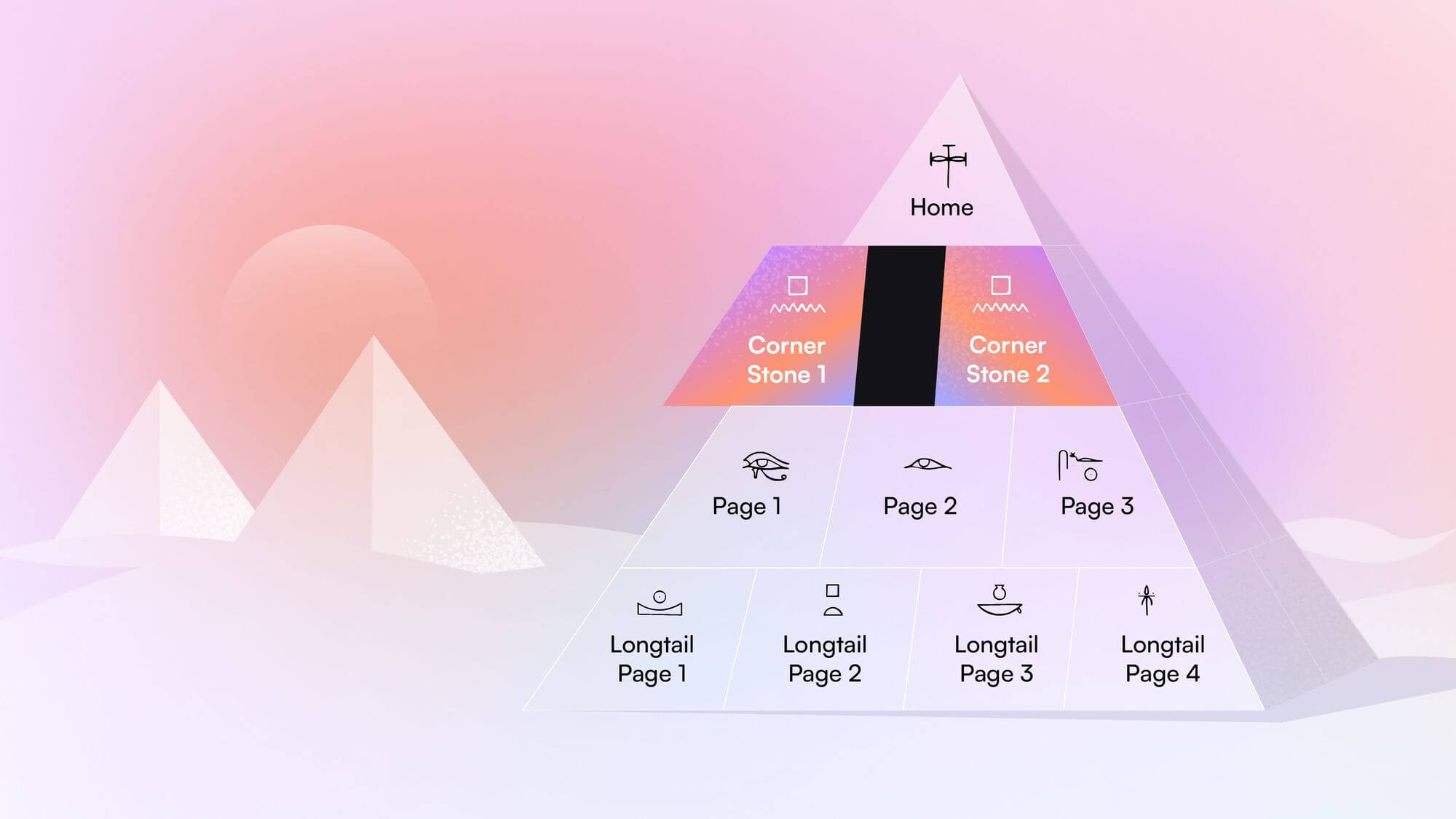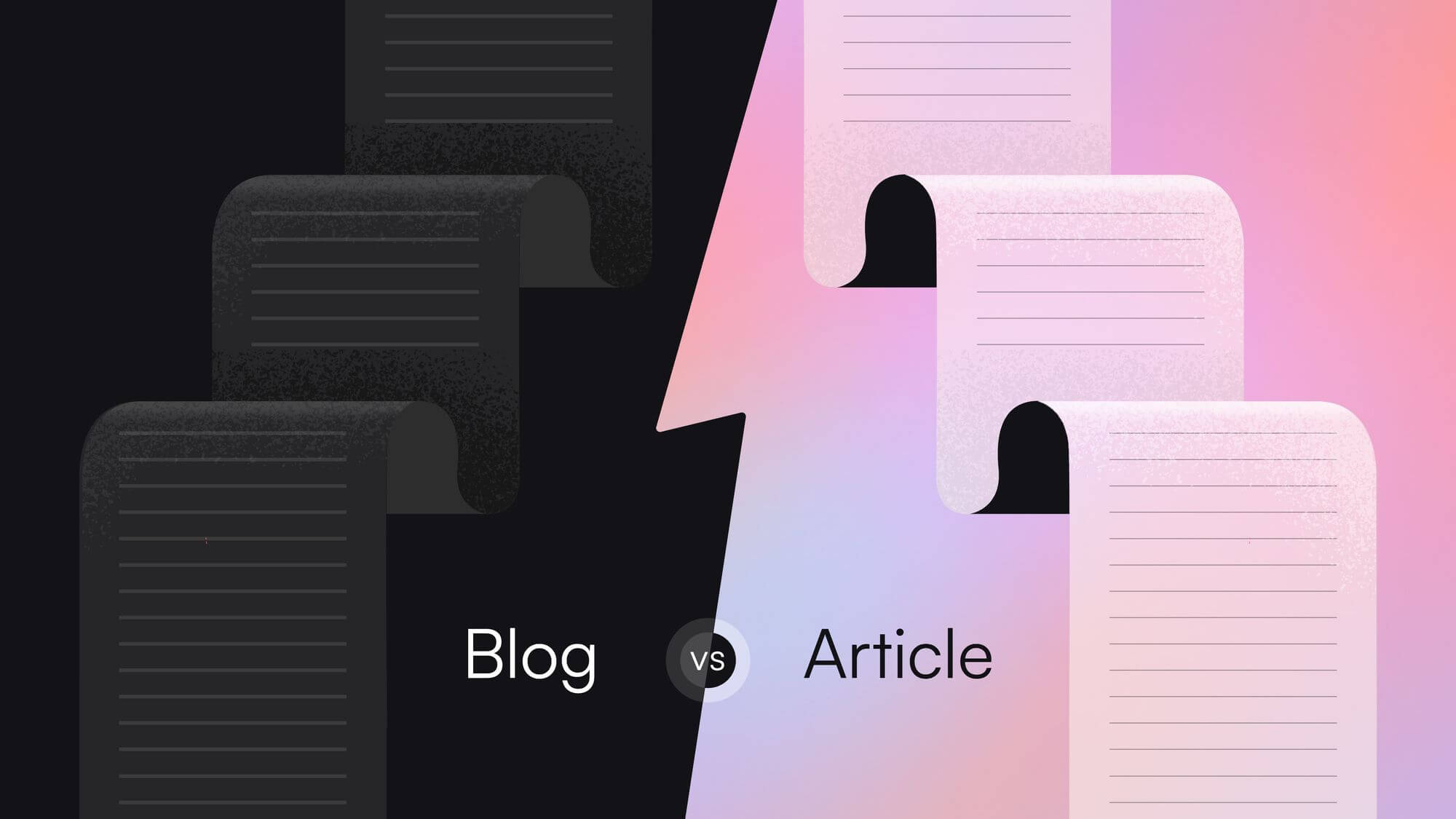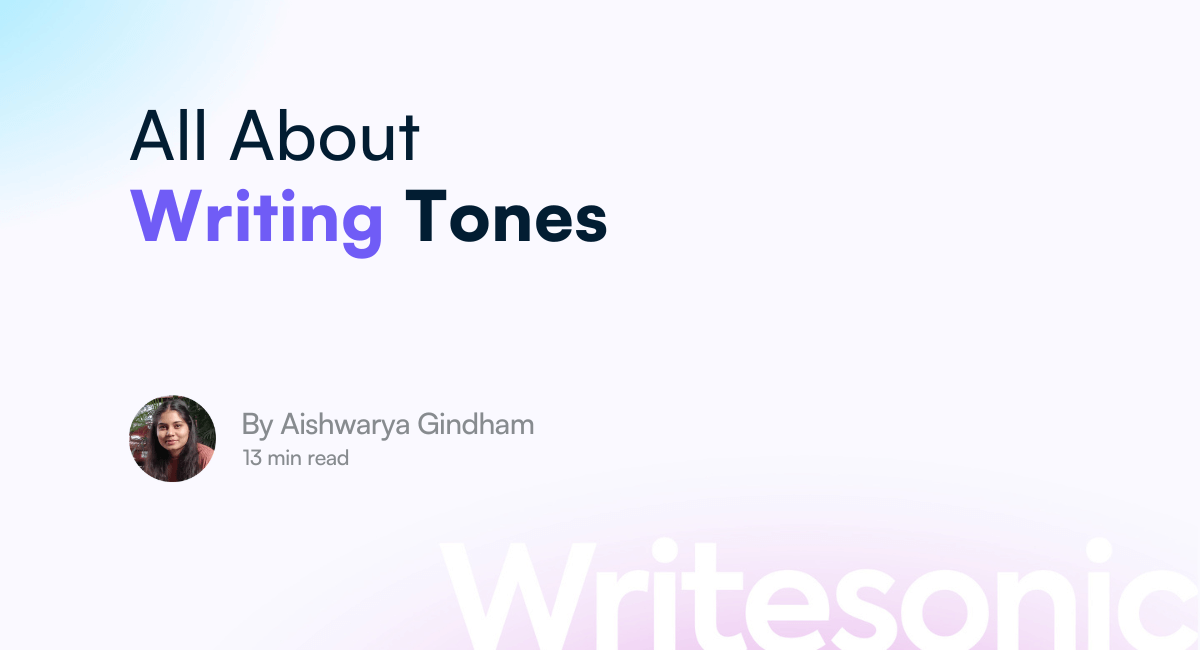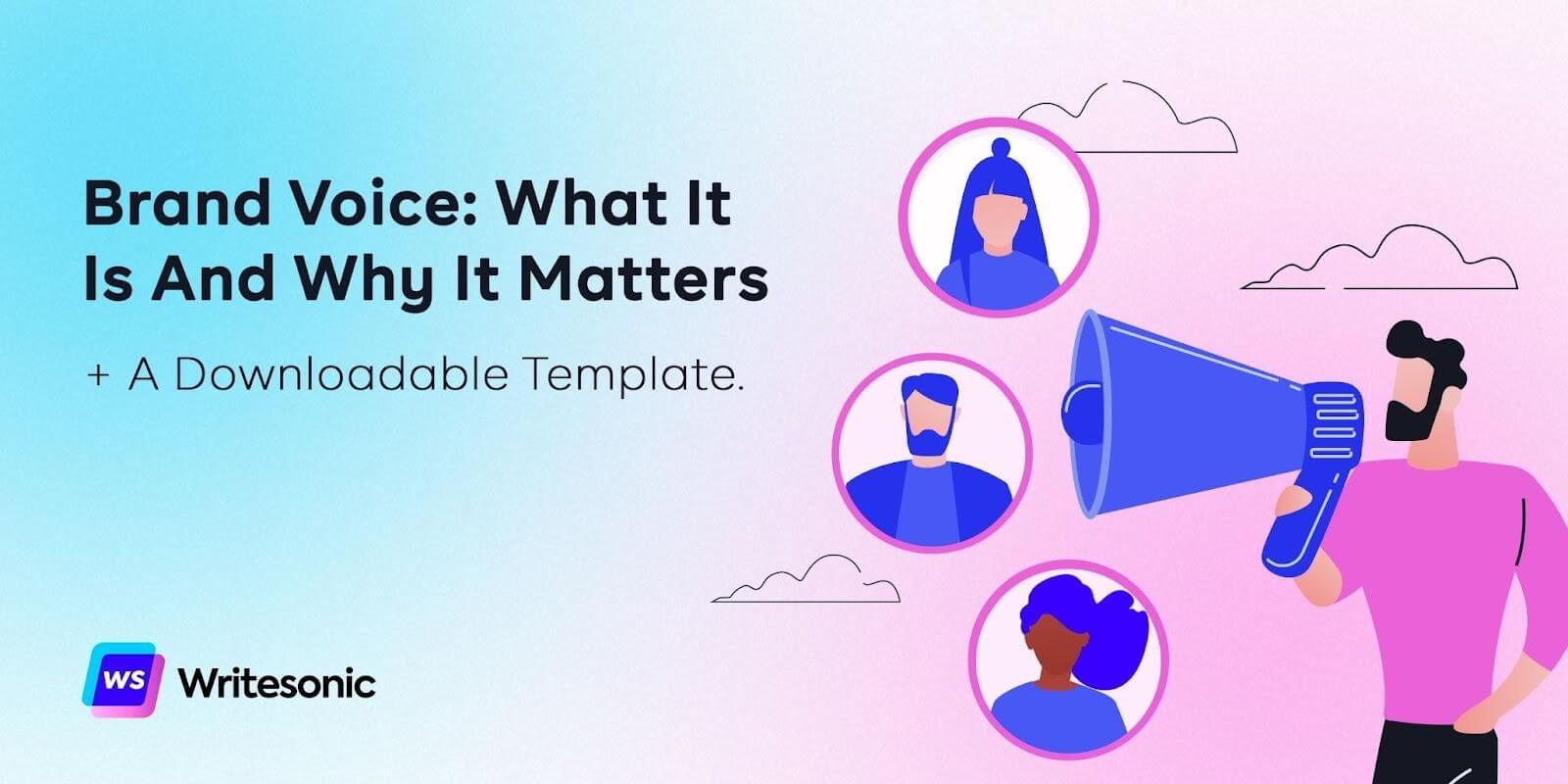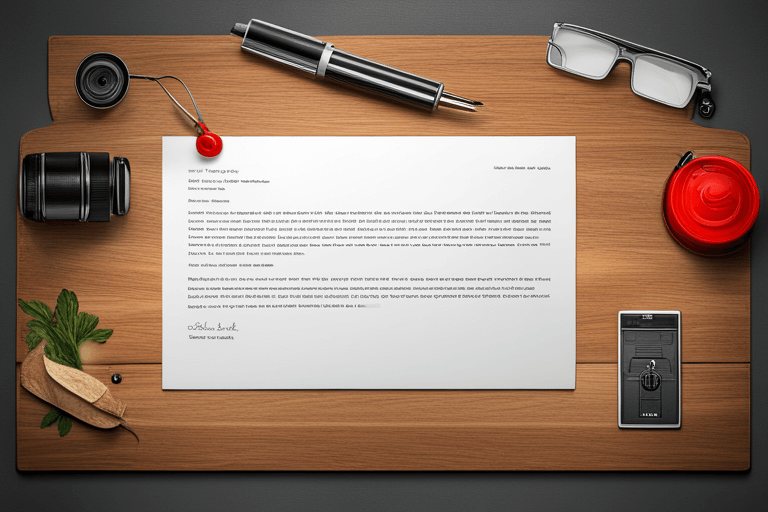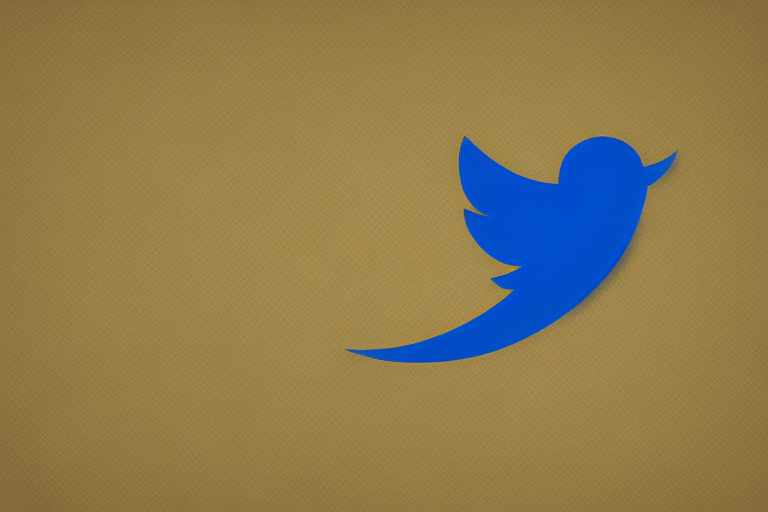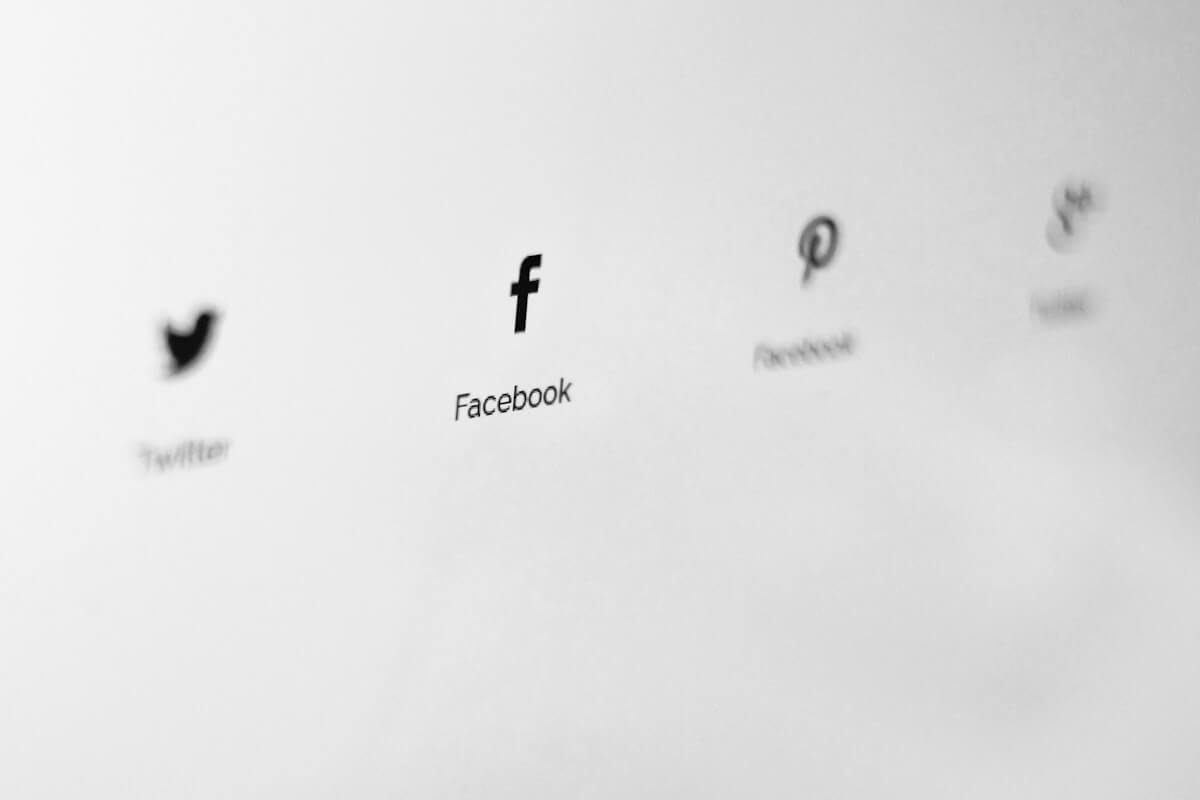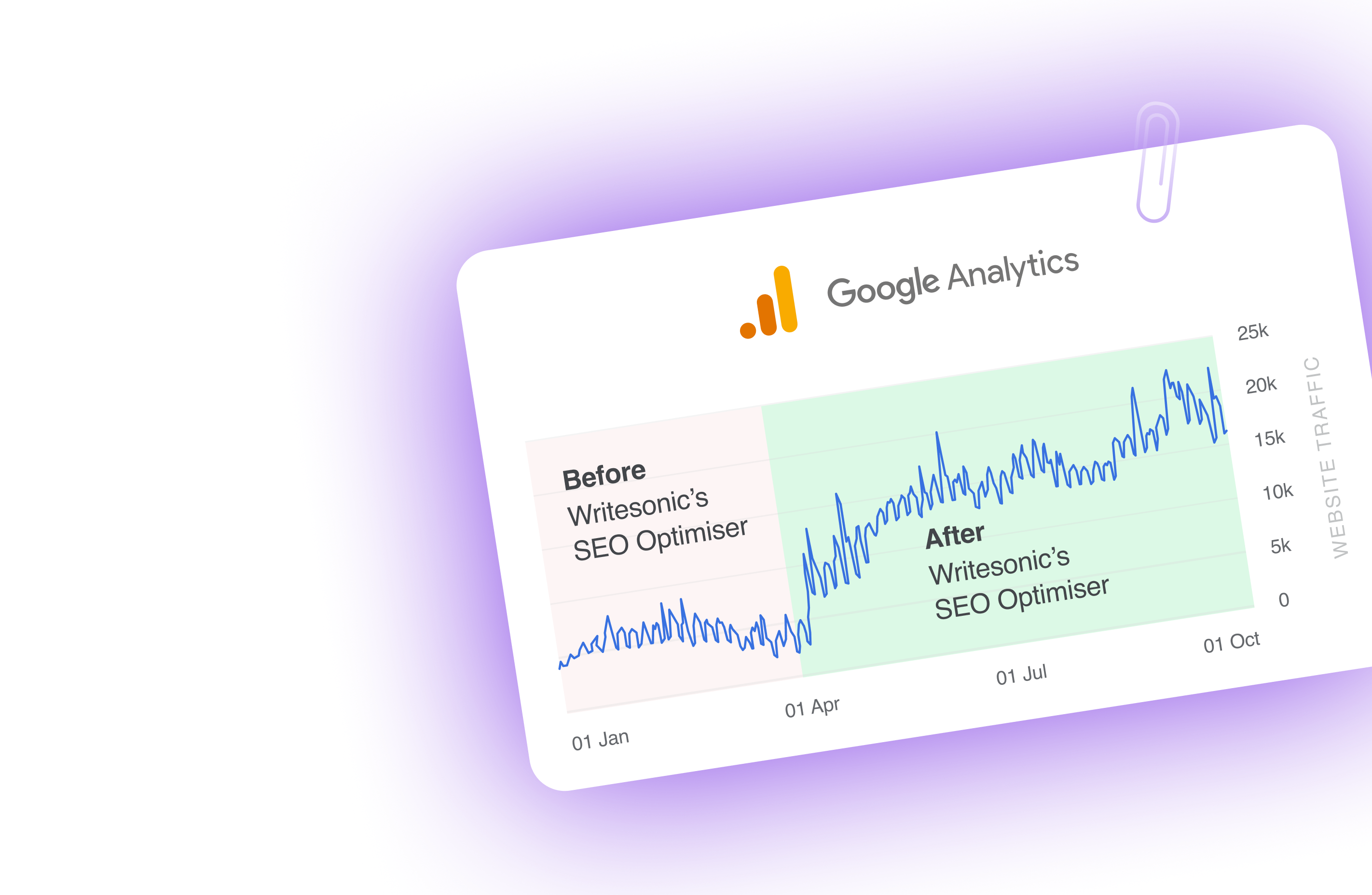When you hear
“Just Do It,“
“Find Your Greatness,” or
“Believe in More,”
What brand springs to mind?
✔️ Yes, it’s Nike
That is the power of a well-defined brand voice. These phrases aren’t just slogans; they talk about Nike’s personality and establish a connection with its audience.
But what exactly is a Brand Voice?
Brand voice is the unique personality and tone a brand adopts in its communications. It helps you make an impression in the minds of your customers, just like Nike is motivational and inspirational.
And brand voice does not stop there!
A strong brand voice enables a brand to stand out from the crowd, build trust, foster customer loyalty, and make an emotional connection.
It’s the silent ambassador of your brand, and when done right, it’s what makes your audience say, “Yes, this brand gets me!” Having a unique and consistent voice is key to being memorable in a world filled with competitors.
Now, let’s dive in and understand brand voice in-depth with some brilliant examples of brand voice in action!
Defining Brand Voice: A closer look
At its core, brand voice is the consistent personality and tone a company uses in all its communications. It is the essence of who you are as a company and what you stand for, delivered through the language and tone you use in your messaging.
Just like you recognize a friend’s voice in a crowd, you want your customers to recognize your brand among the competitors. For this to happen, the brand voice must be authentic, relatable, and consistent across all communication channels, be it your website, social media, advertising, or customer service.
Here are a few elements to take care of to craft a perfect and unique brand voice.
- Language: The words your brand uses. This should align with your brand’s personality and resonate with your target audience. A younger demographic might prefer a more informal, trendy, and conversational language, while a luxury brand may lean toward formal, elegant, and sophisticated language.
- Tone: How your brand says what it says. It’s the emotional context of your language, reflecting your brand’s personality. Your tone might be playful, serious, inspiring, or authoritative, depending on your brand’s personality and the context of the message.
- Purpose: Every communication from your brand serves a purpose, be it to inform, entertain, inspire, persuade, or connect. Your brand voice should align with this purpose, ensuring every message is clear and compelling, helping your audience understand why they should care about your brand.
- Emotion: This is the feeling you want to evoke in your audience through your brand’s communication. Whether it’s excitement, trust, empathy, or joy, your brand voice’s emotion should resonate with your audience and stir them to action.
- Personality: Your brand might be playful, sophisticated, down-to-earth, or rebellious. Your personality shines through your brand voice, humanizing your brand and helping form emotional connections with your audience.
Finally, it is mandatory to be consistent with all the above elements throughout your communication. It is the glue that holds all the elements together. Regardless of the platform or type of communication, your brand voice should remain consistent, reinforcing your brand identity with each interaction.
In the next section, we will look at how business communication is impacted by brand voice.
The Role of Brand Voice in Business Communication
Your brand voice isn’t just a nice-to-have, it’s the bridge that connects your brand with your audience. It plays a primary role in shaping how your brand is perceived and understood.
Let’s understand this better with examples of companies that improved their business communication with brand voice.
Innocent Drinks, a UK-based company known for its refreshing fruit smoothies and even more refreshing brand voice. They use playful, casual language, full of humor and wit, creating an approachable, friendly personality.
Conversely, a misaligned or inconsistent brand voice can lead to confusion and disconnect. Imagine a luxury brand like Tiffany & Co. suddenly adopting a casual, slang-infused tone in its communications. It would undoubtedly jolt its audience and may even diminish trust and customer loyalty.
When your brand voice empathizes with your audience, it builds trust, familiarity and establishes a connection. Every consumer is bombarded with tons of messages daily, so your brand voice can be the lifeline that keeps your audience hooked.
However, your brand voice can work against you if overlooked or mishandled. It might cause your audience to question your authenticity or even your credibility. A memorable brand voice isn’t just about being different, it’s about being true to you as a brand.
9 Types of Brand Voice and Their Examples
With innovative and fusion products evolving everyday, the types of brand voices can be unlimited. But if we have to talk about a few, then below are the nine types of brand voices you should know.
Each brand voice type is supported by examples of real-life companies. These companies have managed to cut through the noise and make a lasting impression, all thanks to their distinctive brand voice.
1. Professional
A ‘Professional’ brand voice is typically characterized by formality, accuracy, and respectfulness. This type of brand voice is common in industries where authority, trust, and expertise are paramount, such as technology, finance, and law.
IBM brand voice example
International Business Machines Corporation (IBM) is a global technology company with a history and a brand voice symbolizing professionalism. Their communication style is serious yet approachable. They use industry-specific language, and their tone exudes expertise and confidence, precisely what you’d expect from a tech industry titan.
💡
Let’s put smart to work.
With this tagline, IBM positions itself as someone who is determined to transform anything and everything with the help of technology.
It is professional and powerful, setting the tone for a brand that means business. Their social media posts, blogs, and website content follow suit, consistently projecting a voice of authority, knowledge, and trust.
Here is an example of a tweet that talks about how IBM is helping to prepare for a quantum-safe world.
LinkedIn brand voice exampleCatering to professionals across various industries, LinkedIn is another great example that successfully uses professional brand voice. It is refined, informative, and always brimming with a sense of community.
You can see this professional voice reflected across their platforms. Whether it’s their thought-provoking blog posts, succinct tweets, or informative newsletters, there’s a consistent tone of professionalism and respect.
💡
Even their “In it together” tagline conveys their commitment to fostering professional connections and collaborations.
Here is an example of a social media post by LinkedIn that is both professional and conversational!
The professional tone helped LinkedIn create a trusted, credible environment where professionals feel comfortable sharing insights, seeking advice, and exploring opportunities.
As a result, LinkedIn has cemented its place in the professional world, showcasing how a brand voice that aligns with its audience and purpose can drive success.
2. Inspirational
This voice type is characterized by motivating, uplifting, and empowering messages that are designed to inspire action. It’s a common choice for brands that aim to motivate their audience to overcome obstacles and reach their goals. The fitness and sports industry often leverage this brand voice type.
Nike brand voice example
Nike is a prime example of a brand that uses an inspirational voice.
Its iconic “Just Do It” slogan is a masterclass in inspirational brand voice. It wraps up the brand’s mission to inspire every athlete (and in Nike’s perspective, everyone is an athlete) in the world.
Nike consistently uses this inspirational voice in all its communications.
💡
Consider their campaign, “Dream Crazy,” featuring Colin Kaepernick.
https://www.youtube.com/embed/WW2yKSt2C_A?feature=oembedSource: https://www.youtube.com/watch?v=WW2yKSt2C_A
The message wasn’t just about selling shoes but about believing in something, even if it means sacrificing everything. It used powerful, inspiring language to motivate and engage audiences.
Nike has fostered a powerful emotional connection with their audience by using an inspirational brand voice.
3. Innovative
When you think of innovation, you think about thinking outside the box, breaking conventions, and doing things differently. This voice type is perfect for brands that push boundaries, continually evolve, and stand at the forefront of their industries. Typically, brands in sectors like technology, digital services, and sustainability harness this innovative voice.
An iconic representative of an innovative brand voice? None other than Tesla.
Tesla brand voice example
Tesla isn’t just a car company; it’s a beacon of innovation.
💡
Their brand voice mirrors their mission “to accelerate the advent of sustainable transport” by creating mass-market electric cars.
This innovative voice echoes through Tesla’s communications. Its Twitter page is filled with innovative experiments and accomplishments.
Tesla effectively positions itself as an automaker and a pioneer, leading the charge towards a sustainable, tech-driven future.
That’s not just selling cars; that is selling a revolution.
4. Authoritative
Authority comes from expertise and credibility.
This brand voice is ideal for brands that wish to establish themselves as leading authority in their field. Companies in the news, academic, legal, or any industry that relies heavily on trust and credibility often use this voice.
The New York Times and the Harvard Business Review are great examples of the authoritative brand voice.
The New York Times brand voice example
The New York Times (NYT) showcases an authoritative brand voice through its rigorous reporting, in-depth analysis, and thorough fact-checking. Their articles and features typically offer comprehensive, balanced views, covering various topics from politics to culture, tech to health. This lends credibility and a sense of authority to their content.
💡
Their tagline, “All the News That’s Fit to Print,” is used since 1897 and justifies their commitment to delivering only credible, newsworthy content.
Experts in their fields often penned their editorials, commentaries, and opinion pieces, which adds to their authority.
Lastly, this authority is consistently communicated across all their platforms – from their printed newspaper to their digital presence, including their website, social media channels, and even their podcasts.
For example, an article on climate change titled “The Science of Climate Change Explained: Facrs, Evidence and Proof” is backed with the latest research data and based on interviews with climate experts.
Harvard Business Review brand voice example
Harvard Business Review (HBR) is another example of the authoritative brand voice. It provides insights and best practices to help leaders make informed decisions, establishing itself as an authority in business.
Their authoritative voice is evident in their well-researched articles, case studies, and reports.
Even a simple article, like, Why Some People Get Burned Out and Others Don’t is filled with insights by interviewing top performers from different industries.
By offering valuable insights backed by data and research, HBR maintains its status as a trusted resource for business leaders globally.
5. Educational
Turning our attention to the Educational brand voice type, it is perfect for brands that aim to inform, teach, and enlighten their audience. It’s ideal for educational institutions, online learning platforms, or any brand offering valuable knowledge to its audience.
Khan Academy and TED are excellent examples of brands using an educational brand voice.
Khan Academy brand voice example
💡
Khan Academy aims “to provide a free, world-class education for anyone, anywhere.” This mission is reflected in their educational brand voice, which is clear, supportive, and informative.
Consider one of their popular courses, “Algebra Basics.” The videos break down complex algebraic concepts into simple, understandable steps.
The voiceover isn’t lecturing but guiding, transforming a daunting subject into a manageable and enjoyable task. They respect the learner’s pace and understanding, epitomizing Khan Academy’s mission to democratize education.
The language is plain and friendly, making even the most complex subjects approachable, and this educational voice enhances their credibility and resonance among learners globally.
TED brand voice example
TED, known for its inspiring and enlightening talks, also employs an educational brand voice.
💡
Their “Ideas Worth Spreading” tagline encapsulates their commitment to sharing knowledge and sparking intellectual curiosity.
A look at any TED Talk, such as Chimamanda Ngozi Adichie’s “The Danger of a Single Story,” showcases TED’s educational voice.
It’s not a lecture; but a journey of understanding told through personal experiences, examples, and relatable language.
This is the crux of TED’s educational voice – imparting knowledge and promoting curiosity through engaging narratives.
6. Sincere
When you hear sincerity, you imagine honesty, authenticity, and genuine emotions, and that’s precisely what this brand voice type is about. A sincere voice is a ticket if a brand aims to create a deep, emotional connection with its audience.
This voice type is often the hallmark of brands championing transparency, social responsibility, or environmental advocacy.
The classic examples of the sincere brand voice type are TOMS and Patagonia.
TOMS brand voice example
While TOMS is primarily an apparel brand, it is built on sincerity and a commitment to social responsibility.
💡
Their brand voice reflects their “One for One” mission – for every product purchased, TOMS helps a person in need.
Consider their product descriptions. When describing a pair of shoes, TOMS doesn’t just talk about the product, they mention the impact your purchase will have.
Learn more about how to write product descriptions that sell.
The language is heartfelt, fostering a sense of connection and shared purpose between the company and its customers.
Patagonia brand voice example
Patagonia is an outdoor clothing brand renowned for its environmental activism and sustainable practices.
💡
Their brand voice is sincere, echoing their mission: “We’re in business to save our home planet.“
Take a look at their Activism and Environmental pages on the website. Patagonia plainly shares its environmental initiatives and impact and encourages customers to join them in this mission. Their language is direct, sincere, and imbued with a deep sense of responsibility.
7. Empowering
A brand voice type that is for brands seeking to inspire, motivate, and uplift their audiences. This is the voice of brands that celebrate their customers’ potential, those who seek to empower them and boost their confidence, making them feel they can conquer whatever comes their way.
Standing tall with an empowering brand voice, we have Under Armour and L’Oreal.
Under Armour brand voice example
Under Armour, a prominent player in the athletic apparel industry, uses an empowering brand voice, aligning their mission of improving athletes’ performances.
💡
Their motto, “The Only Way Is Through,” is a testament to their commitment to helping their audience surpass obstacles and achieve their objectives.
One glance at their product descriptions illustrates this.
When they describe a performance shoe, they’re not just enumerating features—they’re illustrating how the shoe empowers you to take control of your workout, using language that motivates and instills confidence.
L’Oréal brand voice example
L’Oreal, a global leader in cosmetics, also demonstrates a distinctive empowering brand voice.
💡
Their “Because You’re Worth It” tagline communicates their dedication to helping customers feel self-assured and powerful.
Consider one of their advertising campaigns, such as the Age Perfect Makeup campaign
While promoting its new makeup line targeting women over 50, it also democratizes beauty for all ages. L’Oreal is known for empowering women to break their insecurities and build confidence.
They’re not simply selling beauty products; they’re promoting the celebration of individual beauty and resilience, showcasing the power of their brand voice.
8. Friendly
Stepping into the warm sphere of the Friendly brand voice, it resonates with brands that aim to build amicable, approachable relationships with their customers, creating an atmosphere of warmth.
Brands that adopt this voice often value customer happiness, user-friendly experiences, and a sense of community.
A shining example of a friendly brand voice is Mailchimp.
Mailchimp brand voice example
It is an all-in-one marketing platform for small businesses and leverages a friendly brand voice that aligns perfectly with its mission to empower businesses. They’ve created a charming brand personality that makes email marketing feel like a breeze, not a chore.
Mailchimp often uses phrases like “Hi there” and “Let’s do this!” to greet users. Their messaging tends to be casual and conversational as if you’re chatting with a friend rather than interacting with a marketing tool.
For instance, Mailchimp’s blog also uses simple and relatable language, without any intimidating jargon. They might say something like,
Their friendly tone extends to their error messages. Instead of a typical “404 Error – Page Not Found,” you might see a message like,
This friendly approach has made Mailchimp a favorite among small businesses. Their brand voice breaks down barriers, fostering a sense of familiarity and trust.
By adopting a friendly brand voice, Mailchimp has positioned itself as more than a marketing tool—it’s a supportive partner in the journey of growing a business.
9. Quirky
Stepping into the vibrant world of the ‘Quirky’ brand voice, we’re introduced to a style that revels in individuality and originality. This voice type belongs to brands that break away from the usual, those who weave humor, wit, and creativity into their communications.
These brands aim to entertain, bring a smile to their customer’s faces, and offer a refreshingly unique brand experience. Its voice resounds with brands wanting to break the monotony, stand apart, and form memorable connections.
Now, let’s take a look at two brands that have perfected this voice: Old Spice and Dollar Shave Club.
Old spice brand voice example
Old Spice, a staple name in the men’s grooming industry, has managed to redefine itself with a quirky brand voice. This transformation has resulted in a unique brand persona that’s eccentric, downright hilarious, and strikingly memorable.
💡
Their “The Man Your Man Could Smell Like” campaign exemplifies their quirky voice to a tee.
It’s a delightful concoction of humor, wild scenarios, and sharp dialogues that are hard to forget.
The one-liners about these products say how quirky they can be😉
This brand voice resonates throughout its communication channels, whether commercials or social media, thereby setting Old Spice apart in a crowded market.
Dollar shave club brand voice example
Dollar Shave Club, an online razor and grooming supplies delivery service, is another brand that’s carved out a niche for itself with its quirky voice.
Their break-out “Our Blades Are F*ing Great” video, known for its edgy humor and unabashed irreverence, put them on the map.
Their website continues to echo this voice.
When they extended their product line of grooming products to Shower gels, here is what they had to say about it!
Both Old Spice and Dollar Shave Club demonstrate how leveraging a quirky brand voice can create a unique brand identity, foster brand recall, and provide a truly distinct customer experience.
Maintaining Your Unique Brand Voice with Writesonic
Ensuring a consistent brand voice sounds straightforward, right?
However, it can become quite complex when creating content at scale and working with multiple creators. Miscommunication might creep in, leading to an inconsistent brand voice.
While larger companies have budgets to keep auditing and refining their brand voice, smaller businesses might find it challenging to maintain consistency without stretching their resources.
💡
That’s where Writesonic comes to the rescue, offering a solution that caters to businesses of all sizes. Enter the Writesonic Brand Voice feature.
This feature is designed to maintain your unique brand voice across all content consistently. To use it, you start by feeding your brand voice to Writesonic. You can do this by providing an existing link, uploading a text file, or inputting any other form of written content.
Writesonic then studies your content, absorbing your unique writing style and tonality. After the learning phase, Writesonic lets you create a distinct brand voice that replicates your style.
The result?
You can now use this consistent brand voice across all your content, regardless of the channel.
Be it blog posts, social media content, or newsletters, you’ll have the assurance of a coherent and true-to-brand voice.
With Writesonic’s Brand Voice feature, you can take the guesswork out of maintaining a consistent brand voice, leading to stronger brand recognition and deeper customer connections.
It helps you keep the brand voice authentic, engaging, and consistent, no matter the scale of your content creation.
Unifying Your Message: Mastering Brand Voice Across Content
With the competition going rough in every industry, having a unique brand voice is no longer a luxury but a necessity. It creates engaging, consistent, unforgettable experiences and shapes customers’ perceptions of your brand.
But, maintaining this voice across all content and channels is challenging, especially when you are scaling content. Thankfully, tools like Writesonic’s Brand Voice feature exist.
By learning from your content, Writesonic ensures your brand voice remains consistent across all communication platforms.
Keep your message unified, your brand voice strong, and watch your brand’s impact flourish 🙌

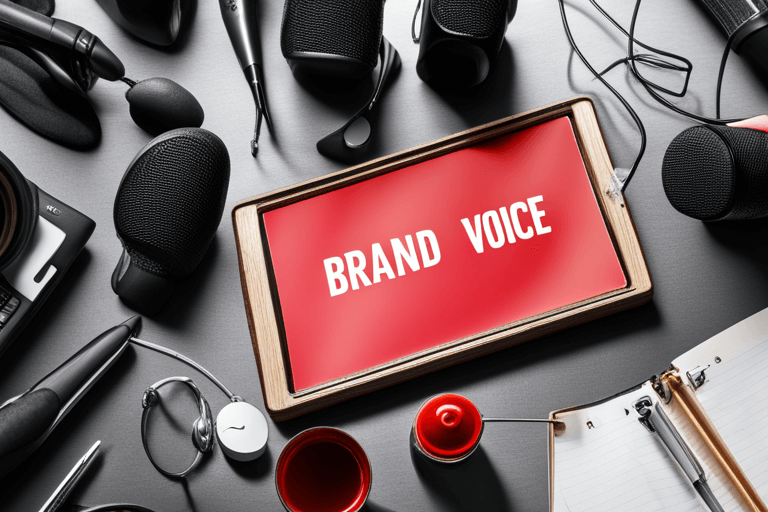



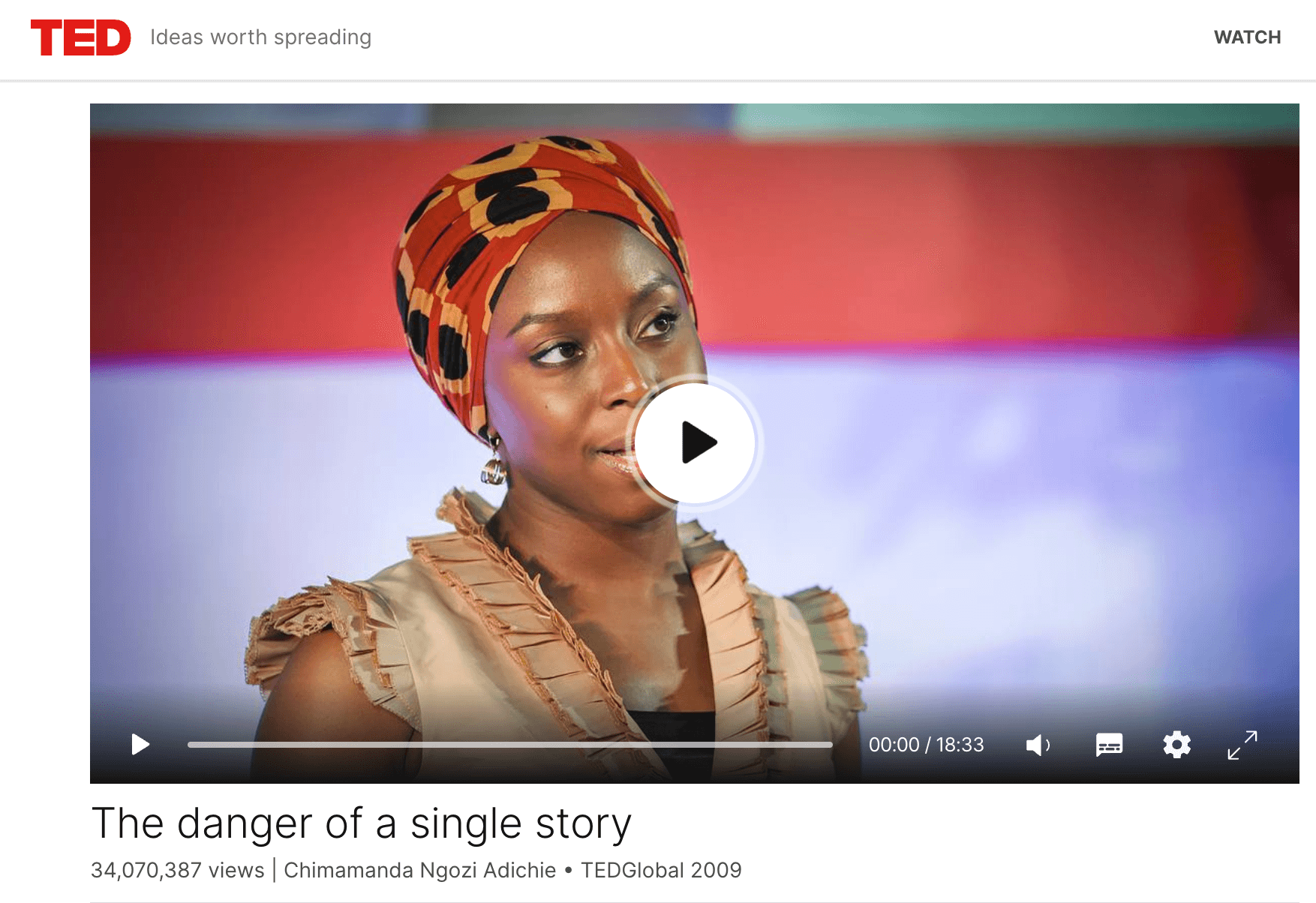
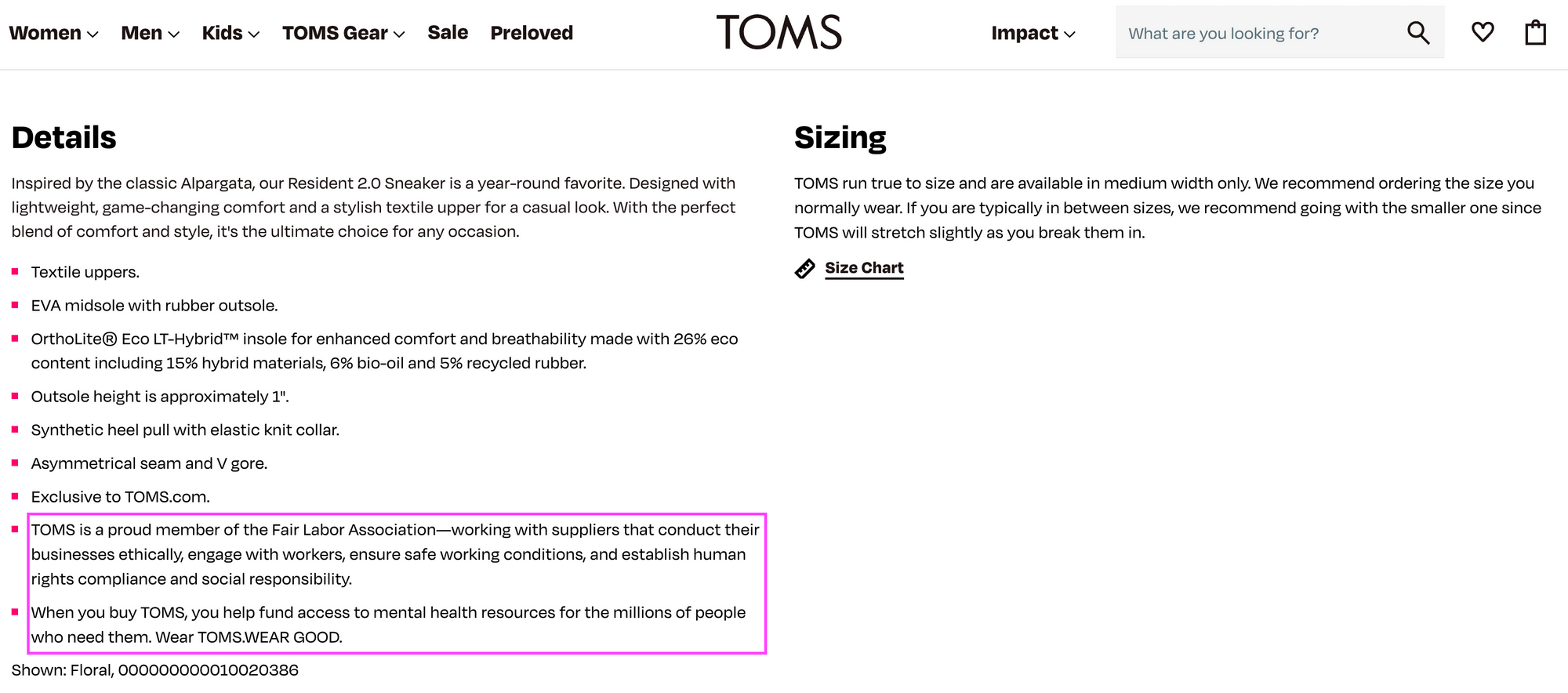

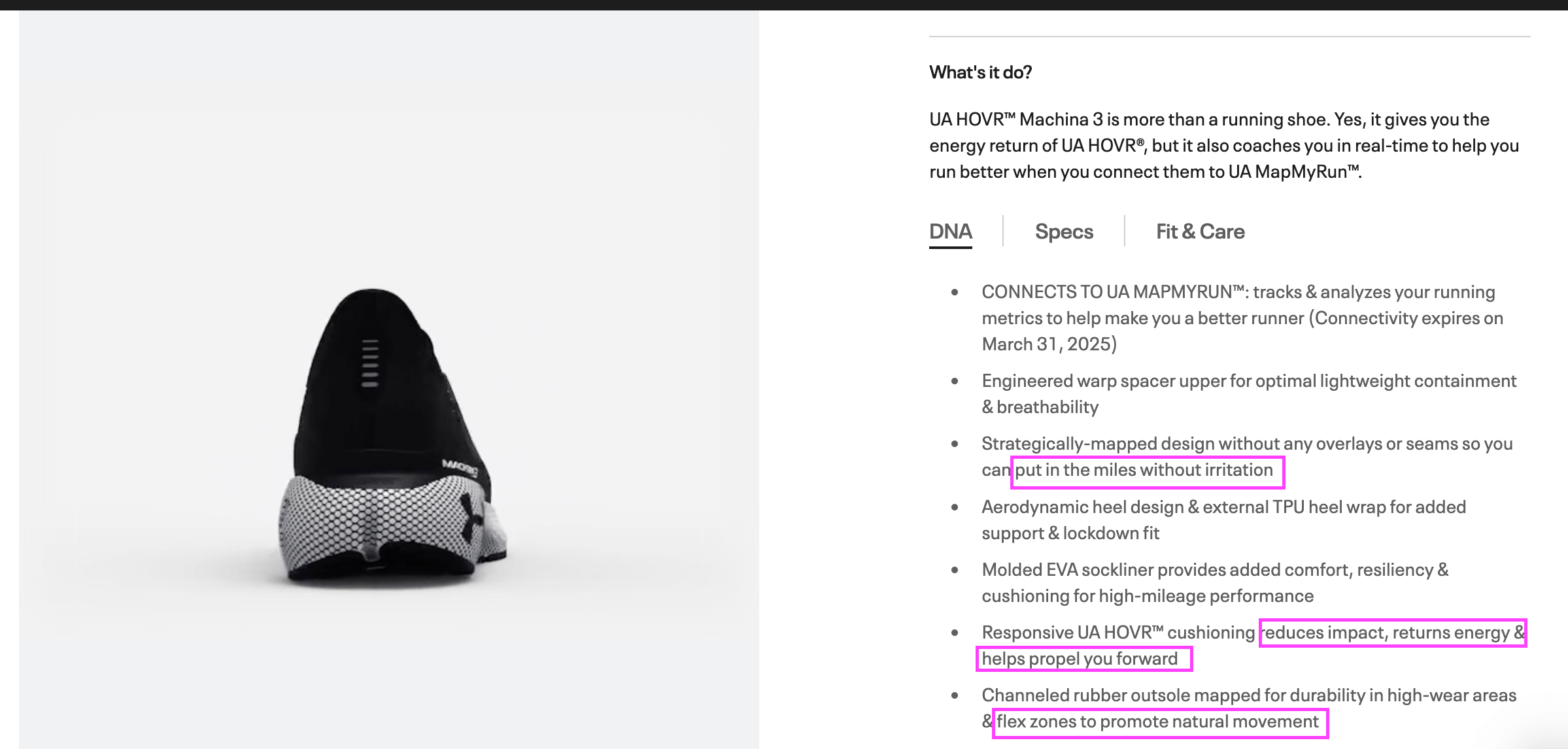
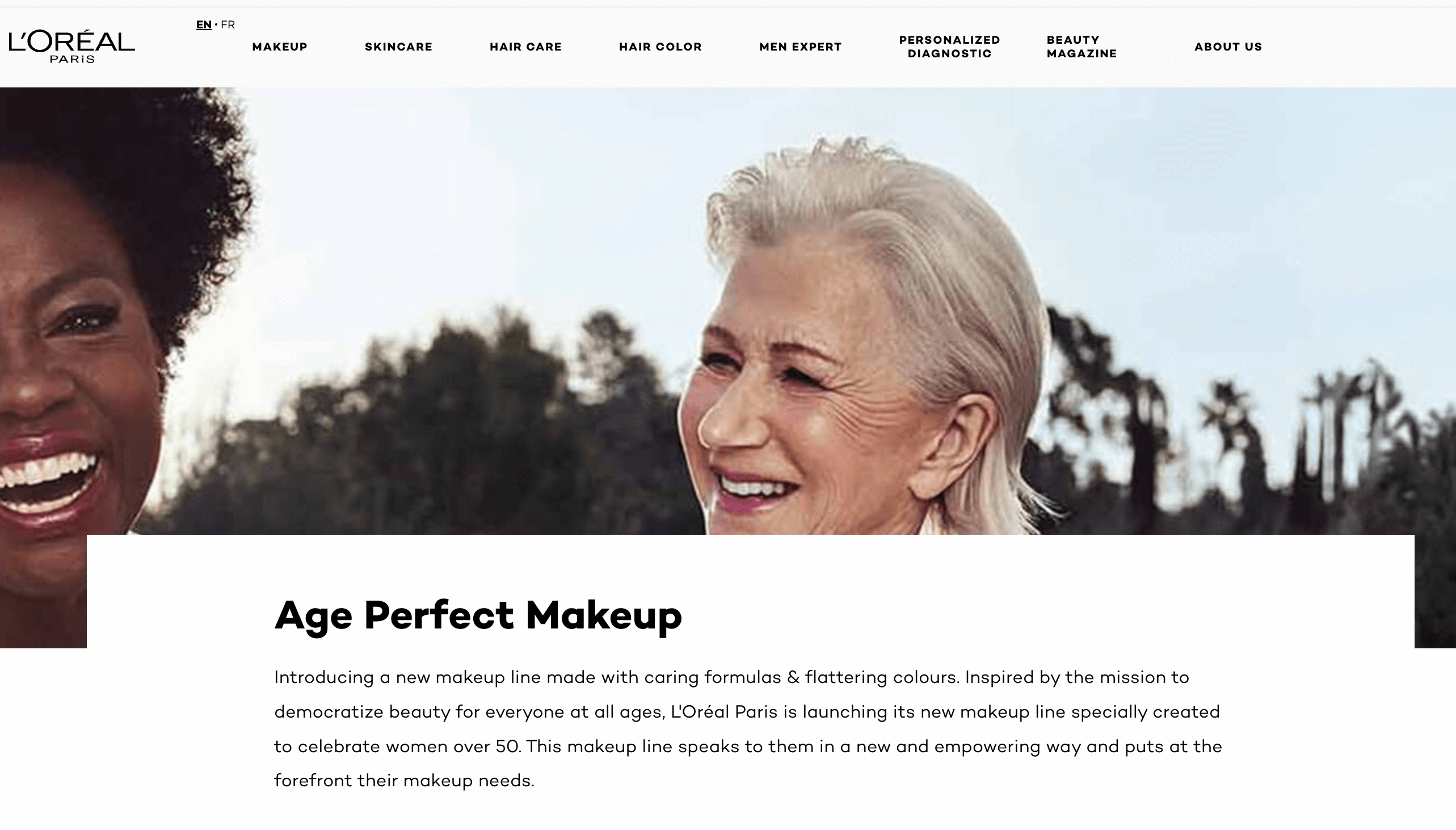
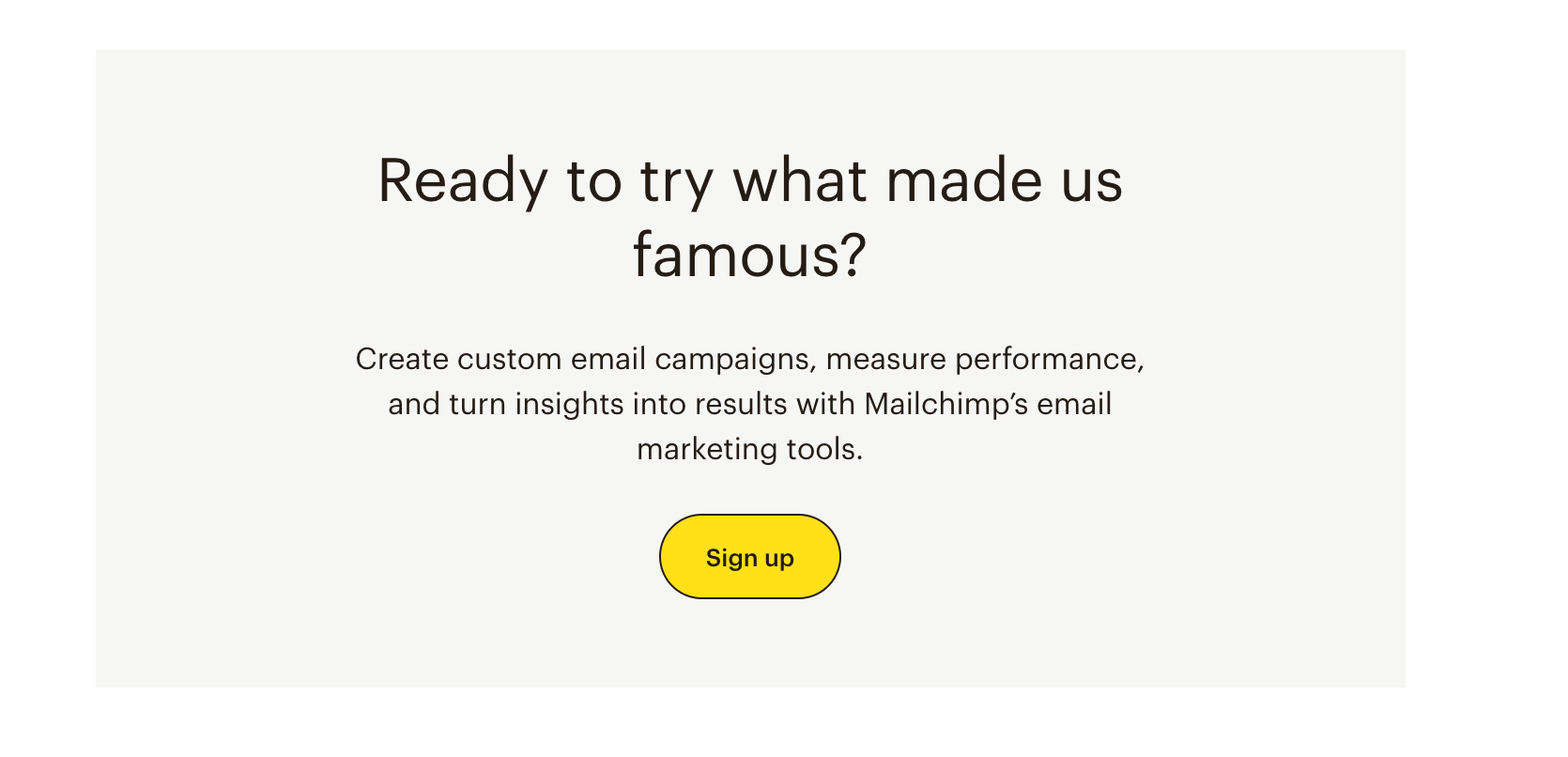
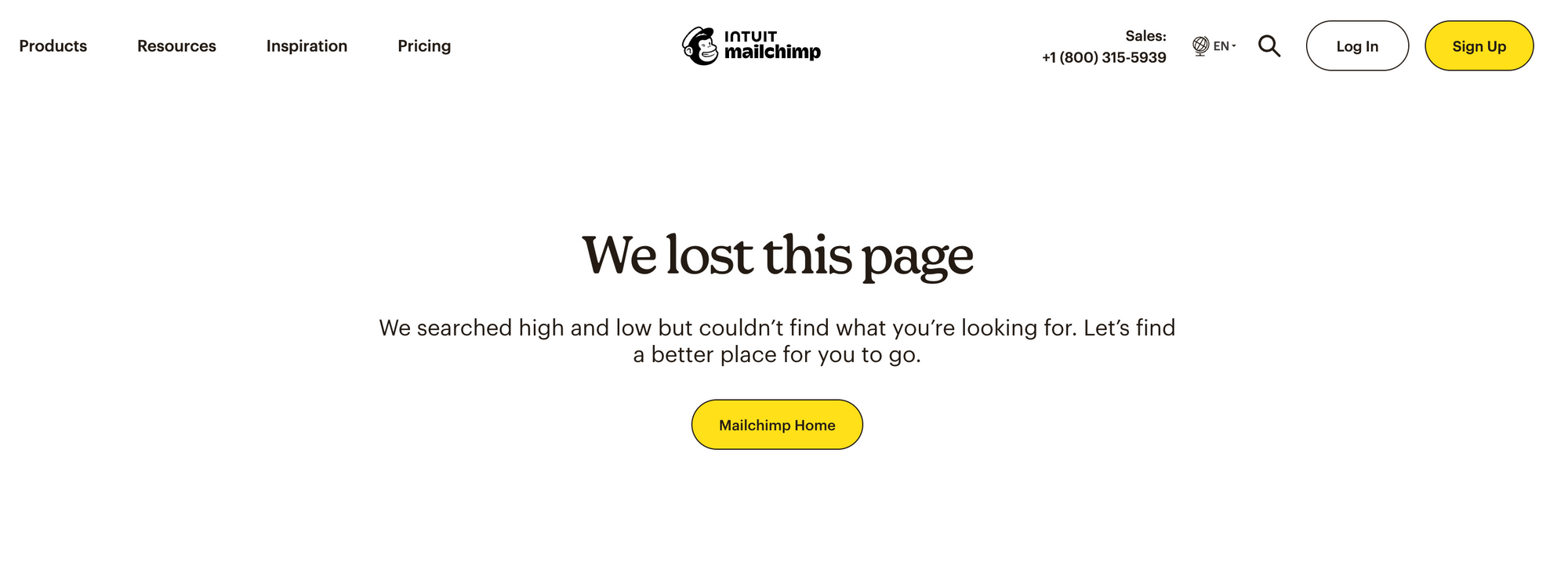
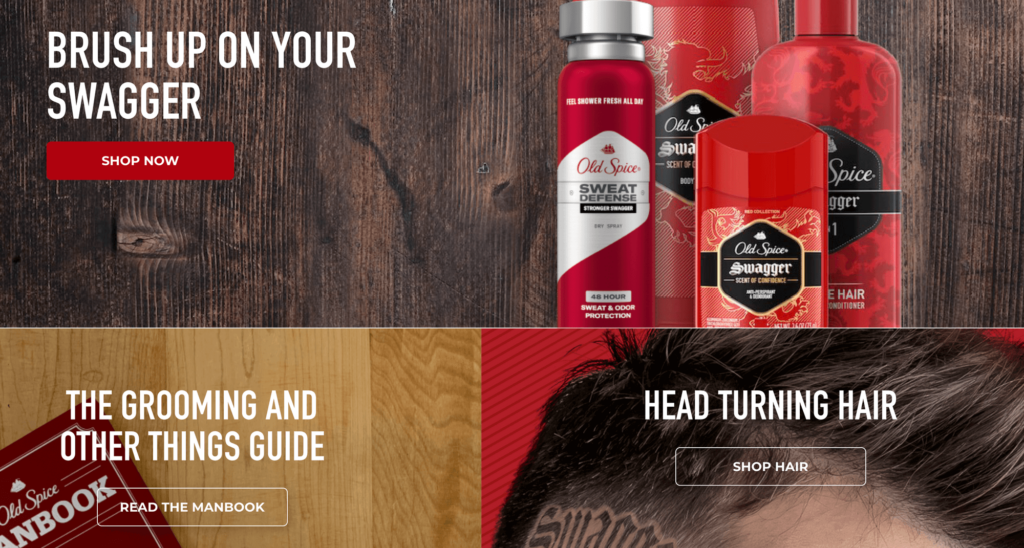
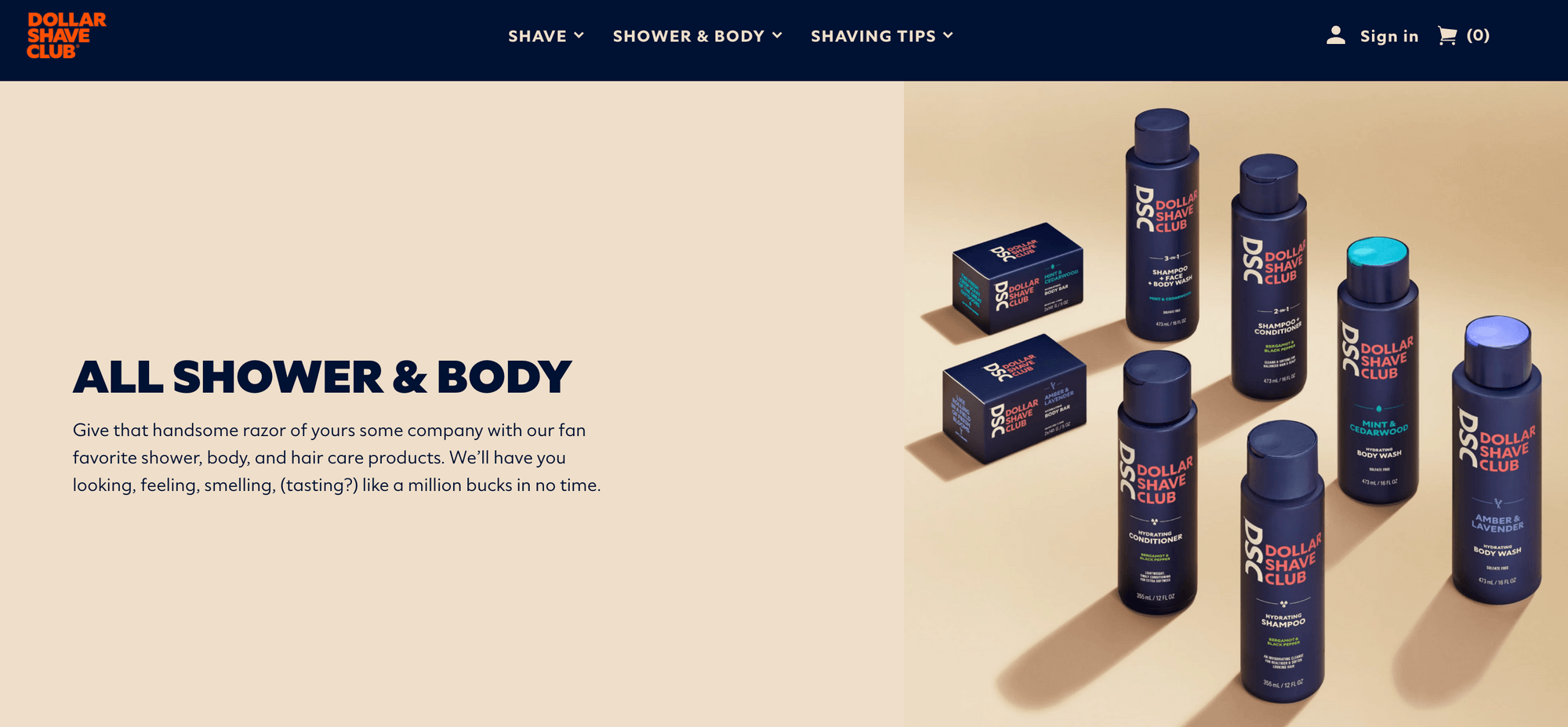
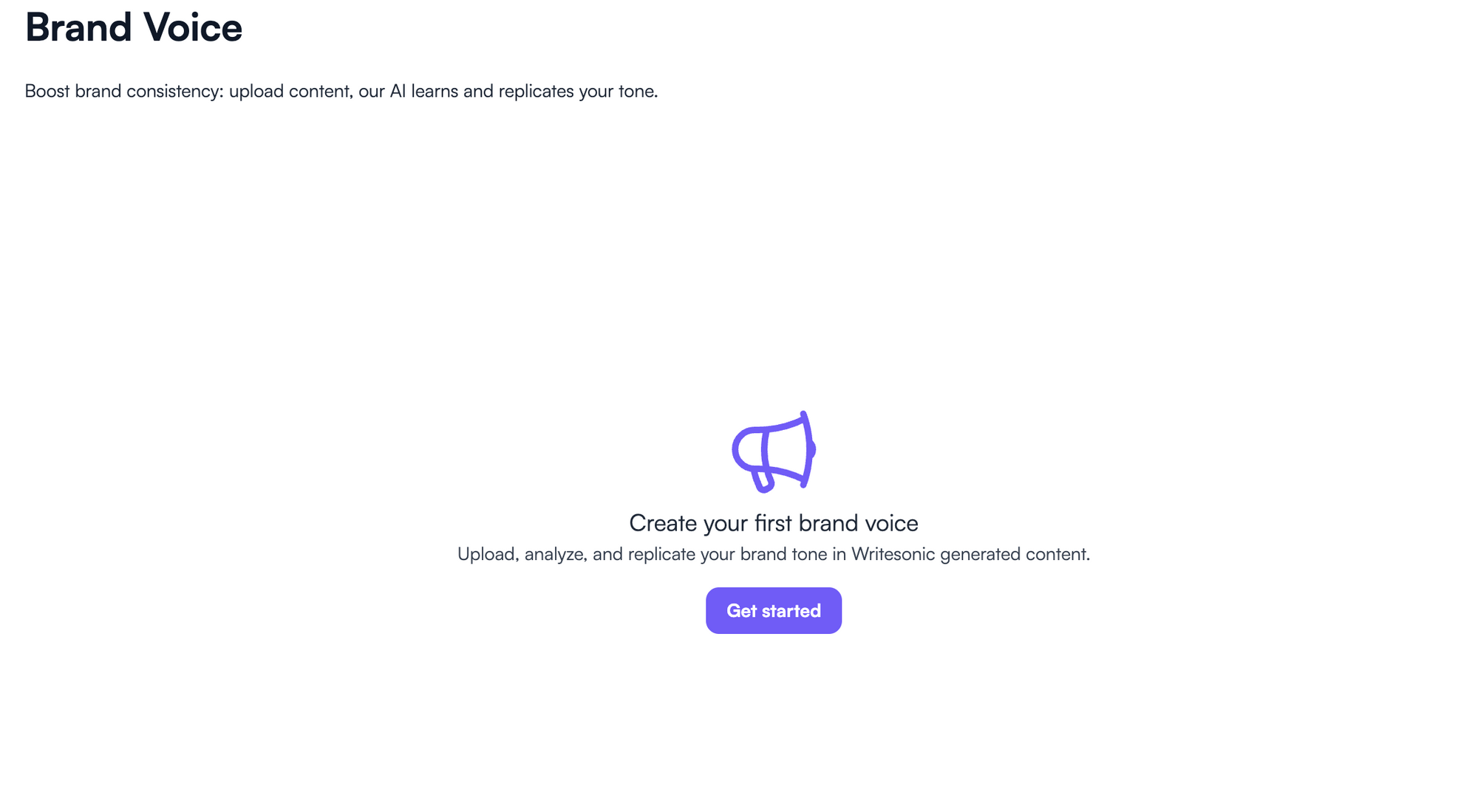
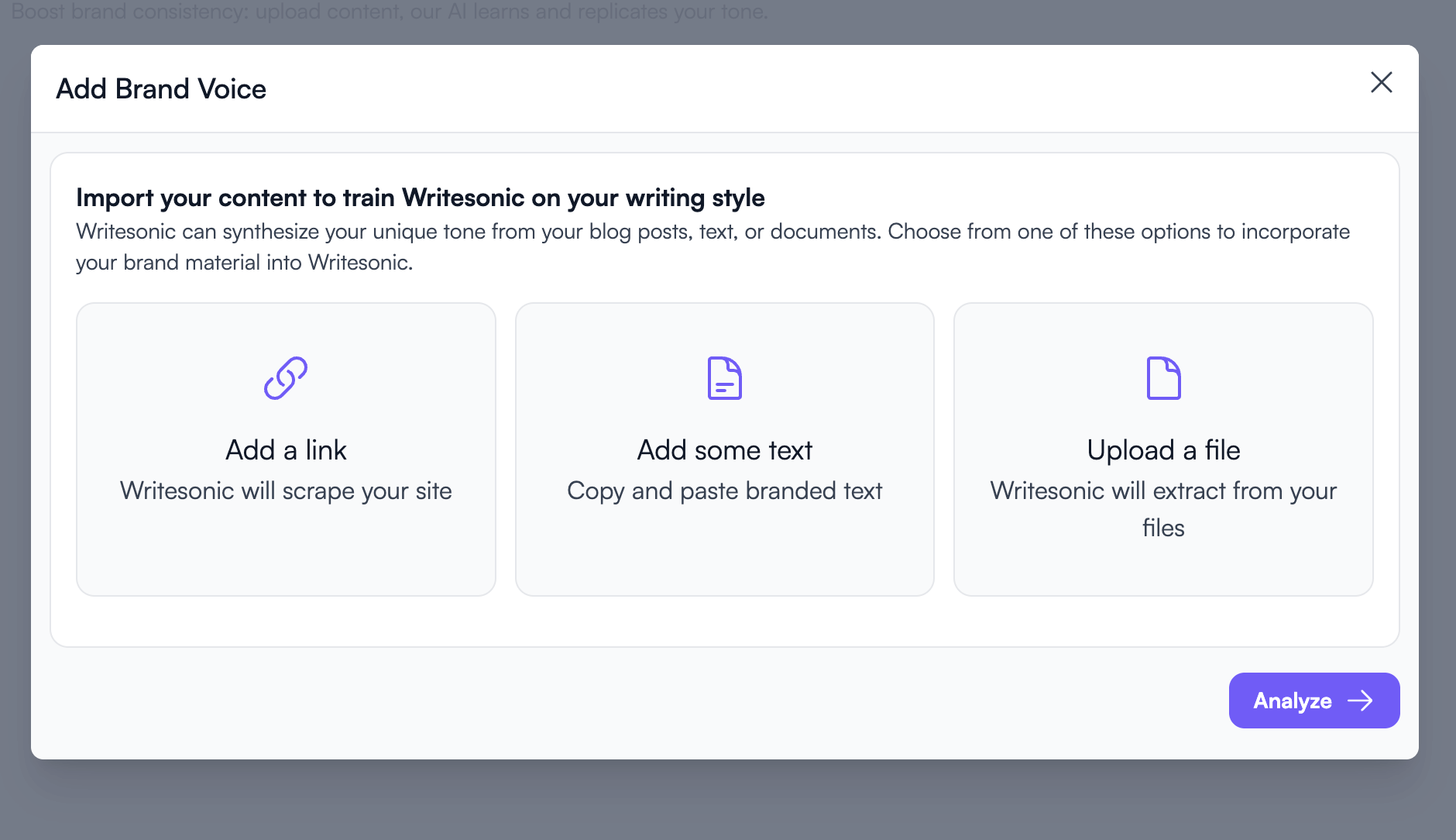
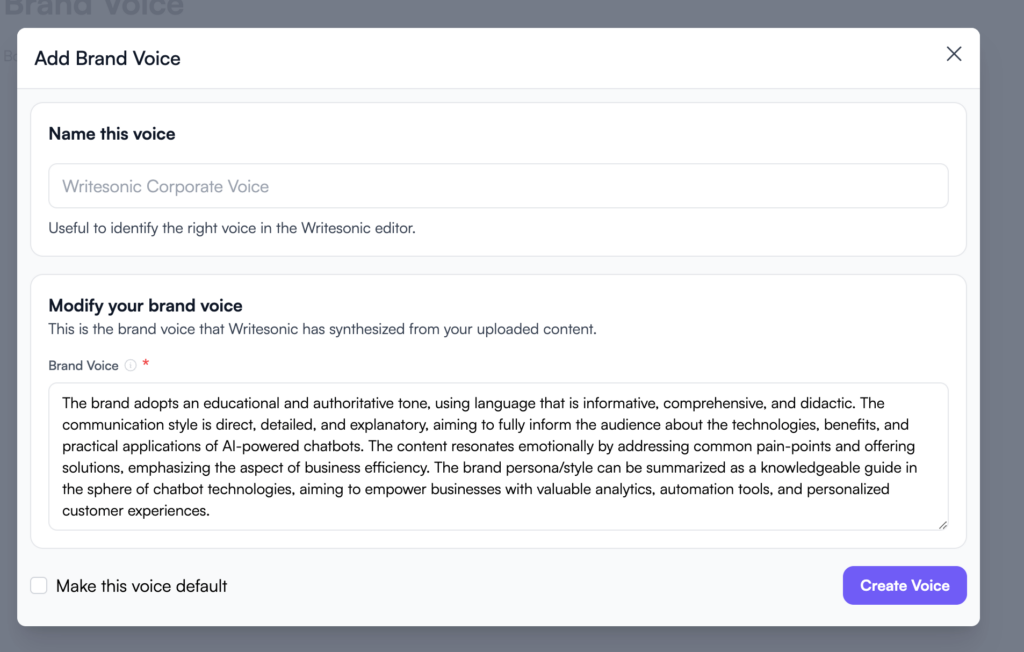




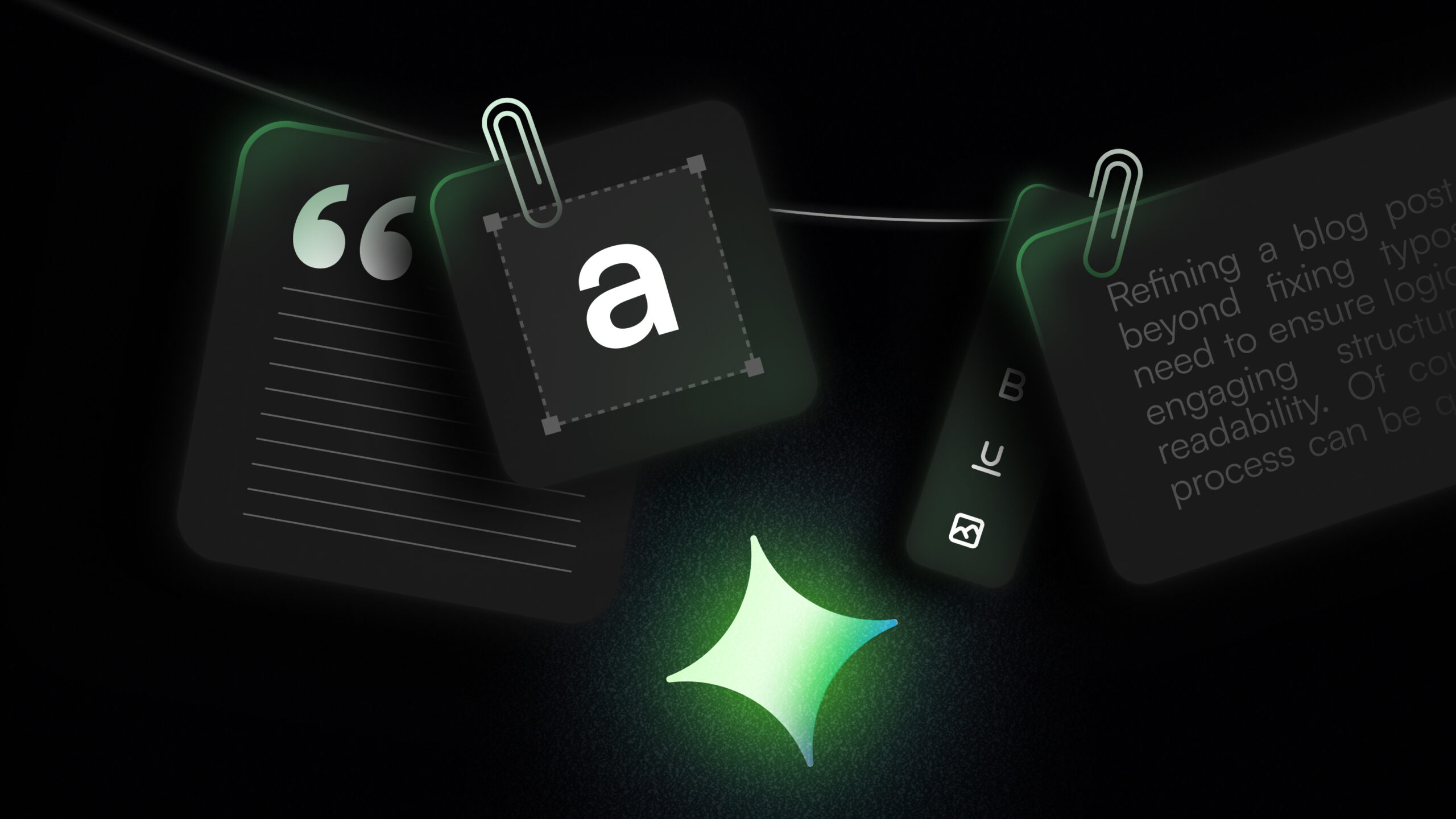

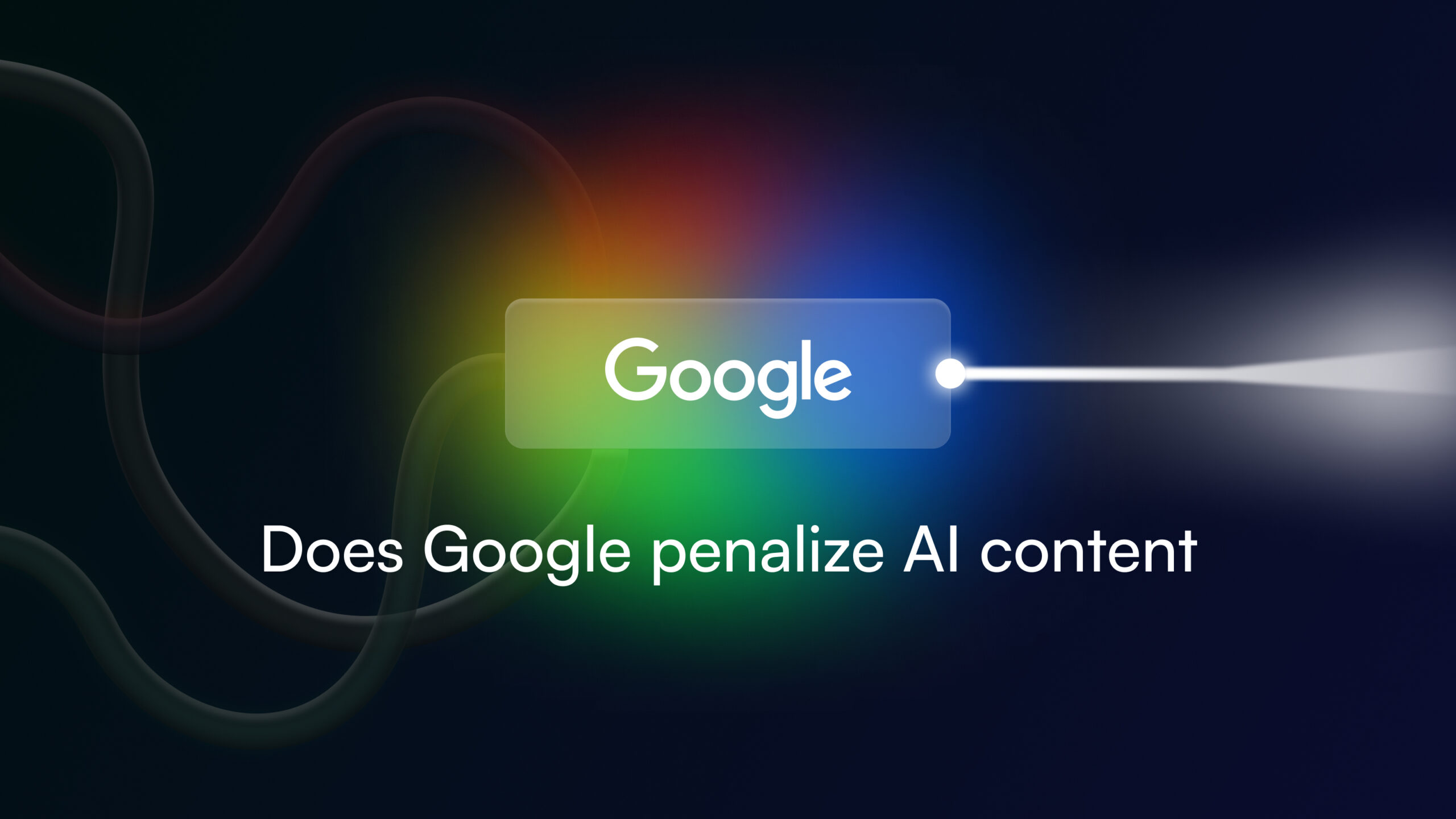

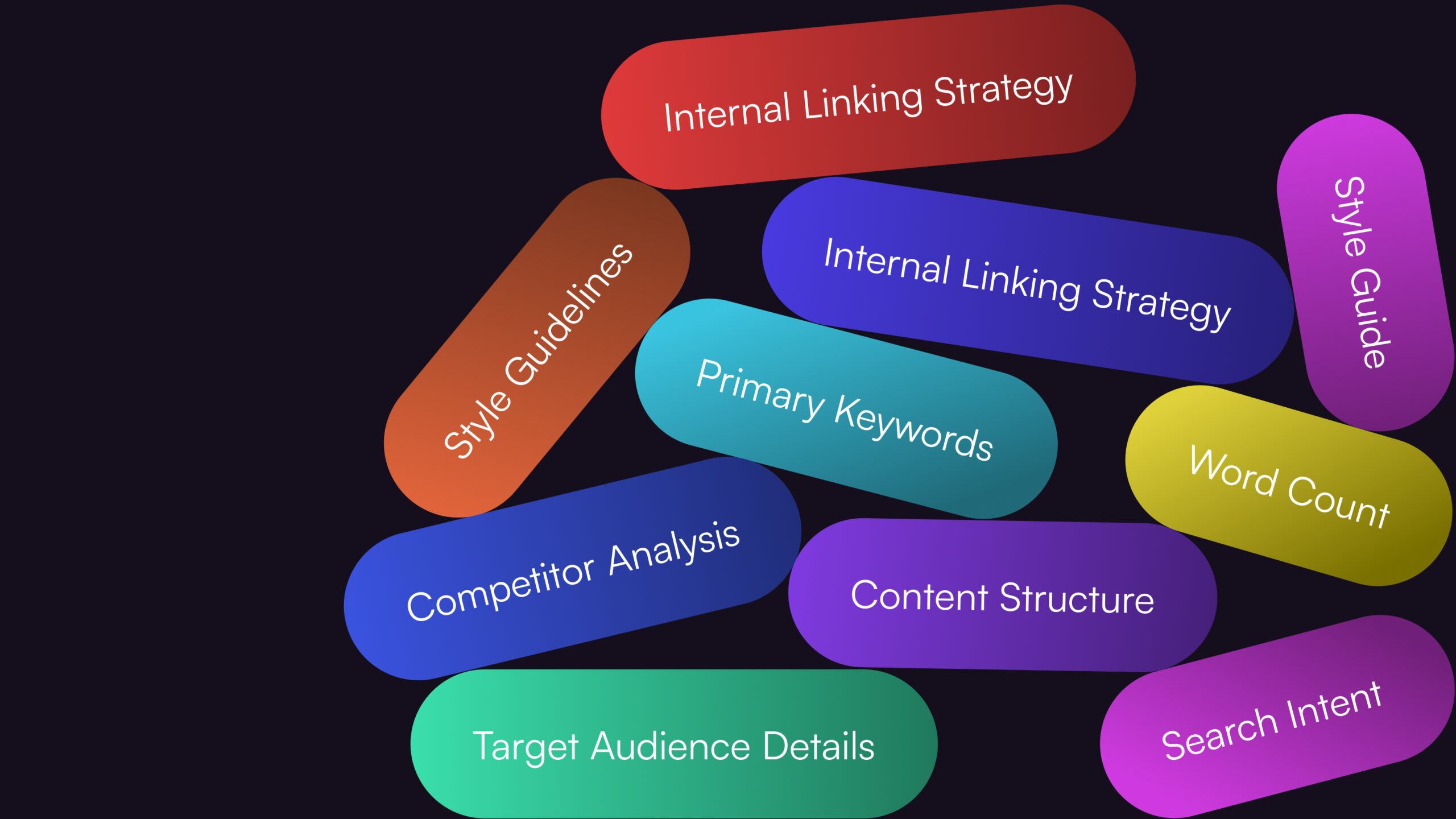



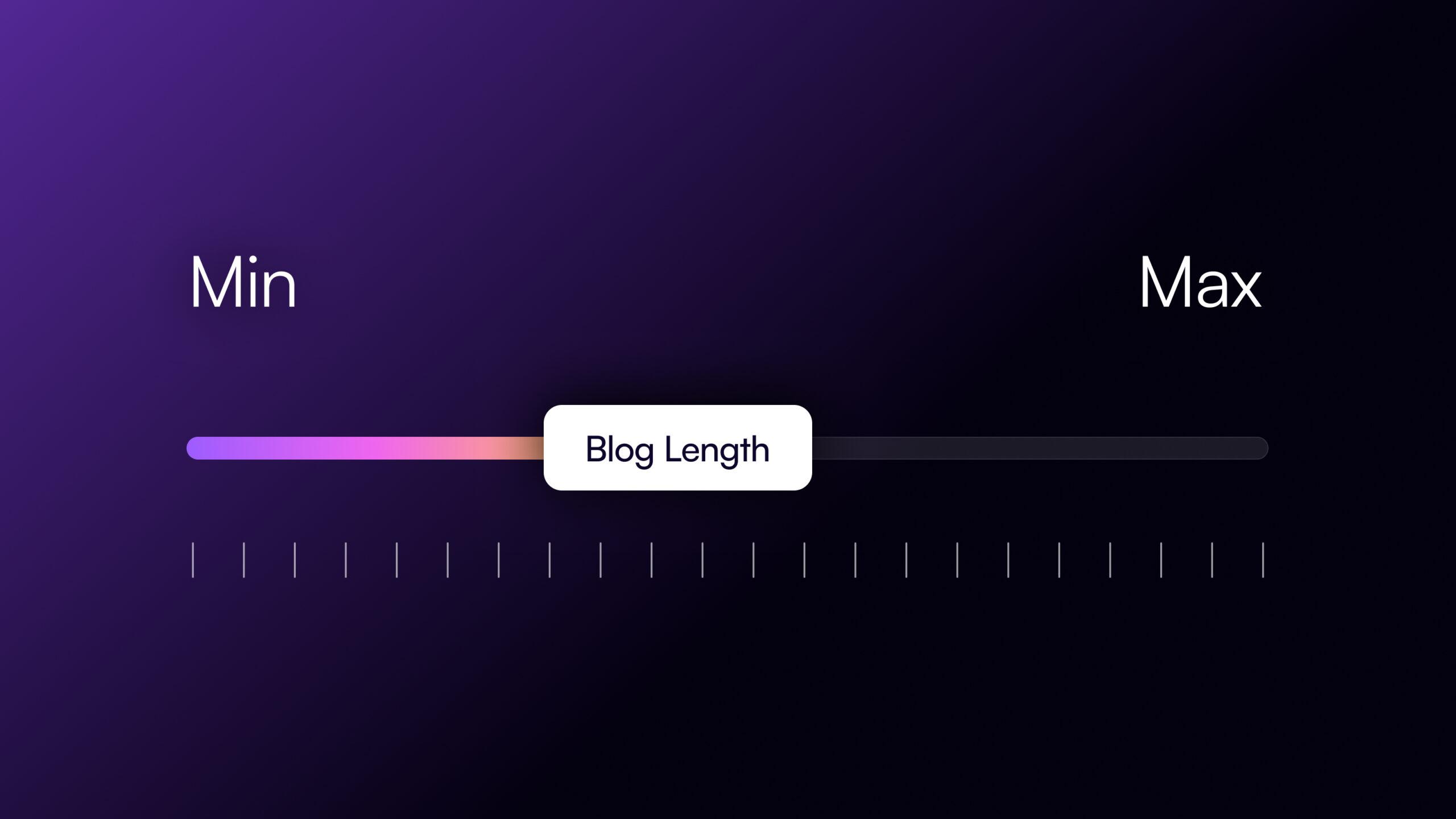
![The 11 Best AI Writing Tools to Try in 2025 [Tried & Tested]](/wp-content/uploads/AI-Writing-tools-For-Business.jpg)
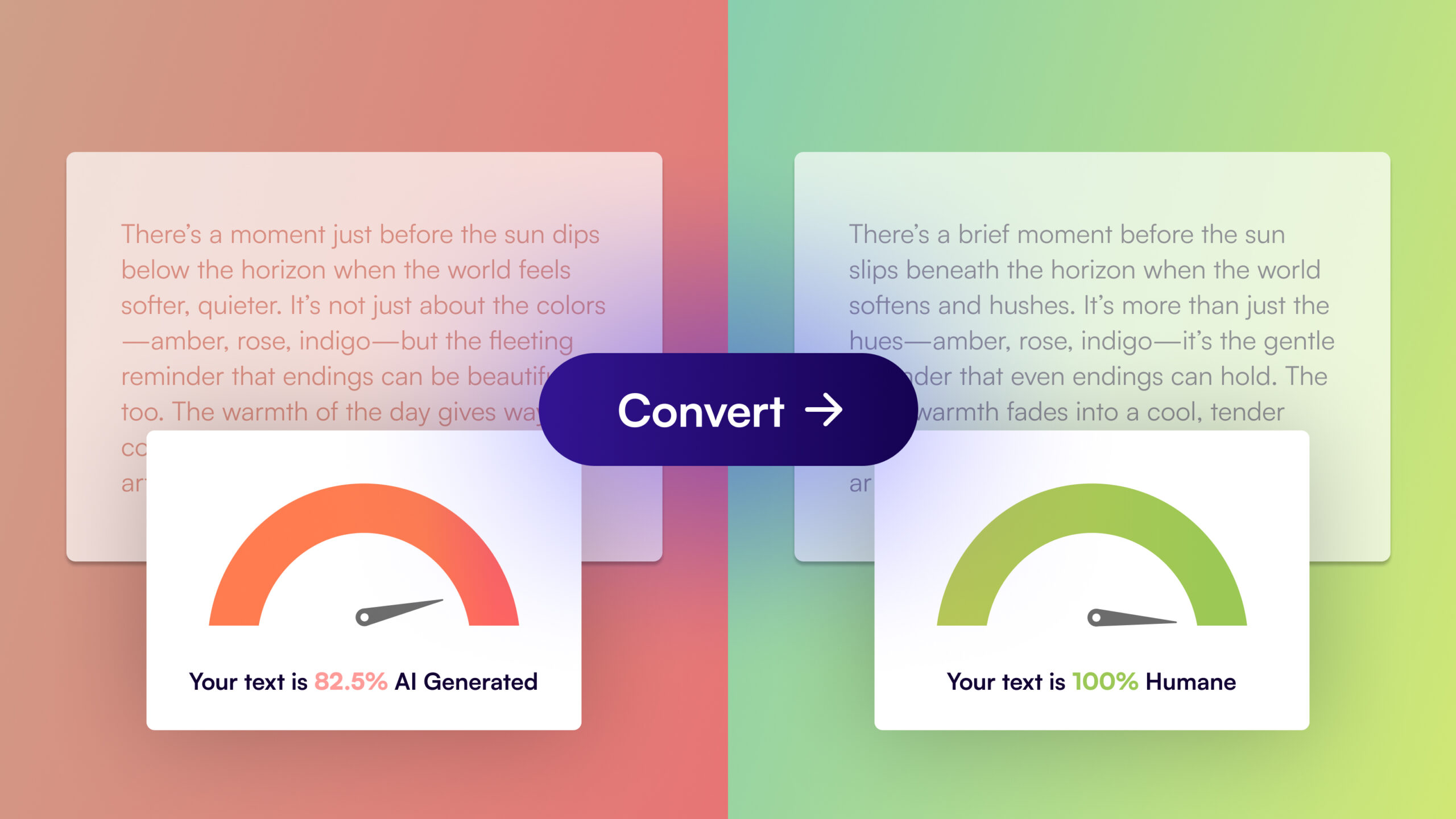

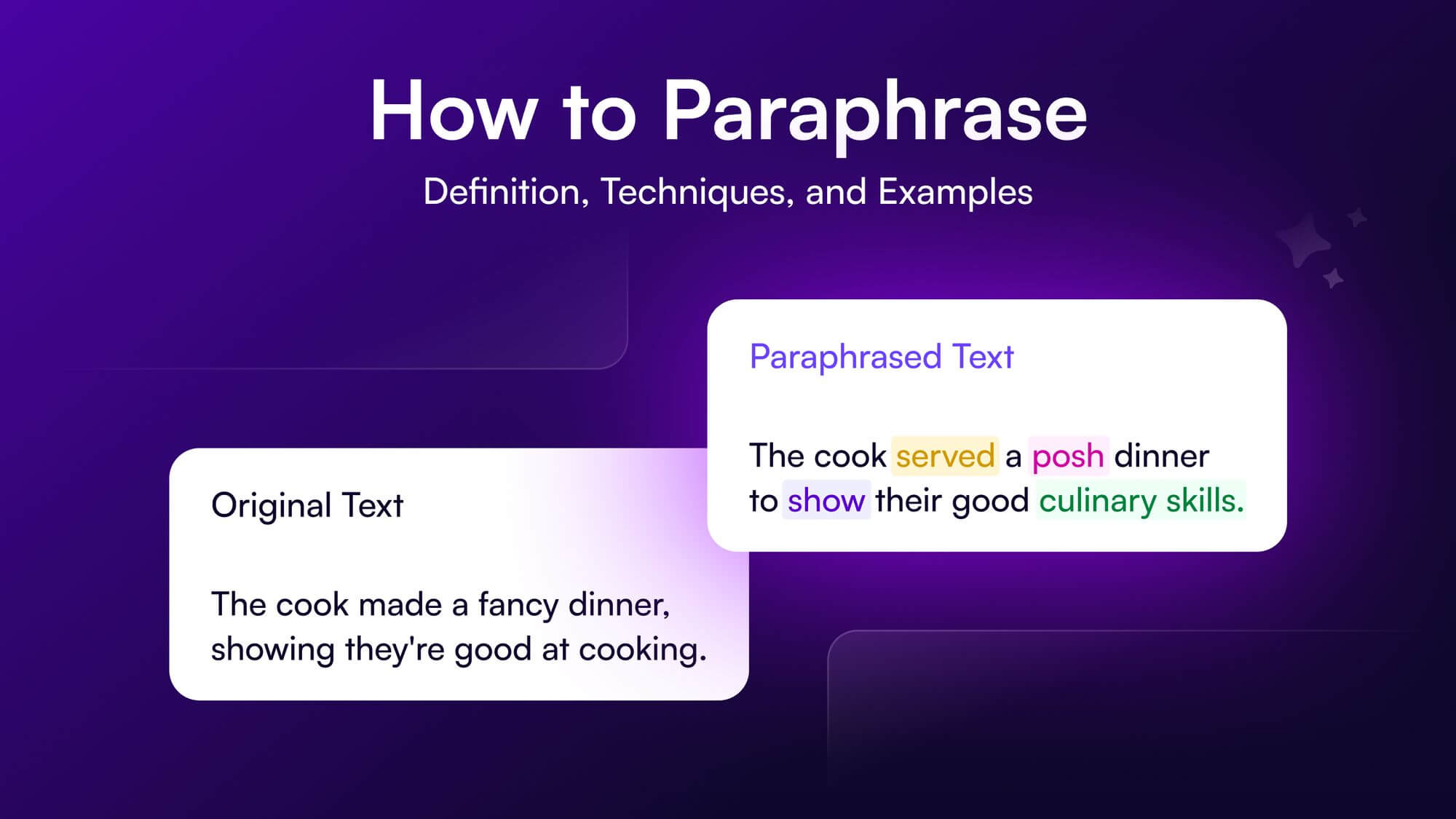


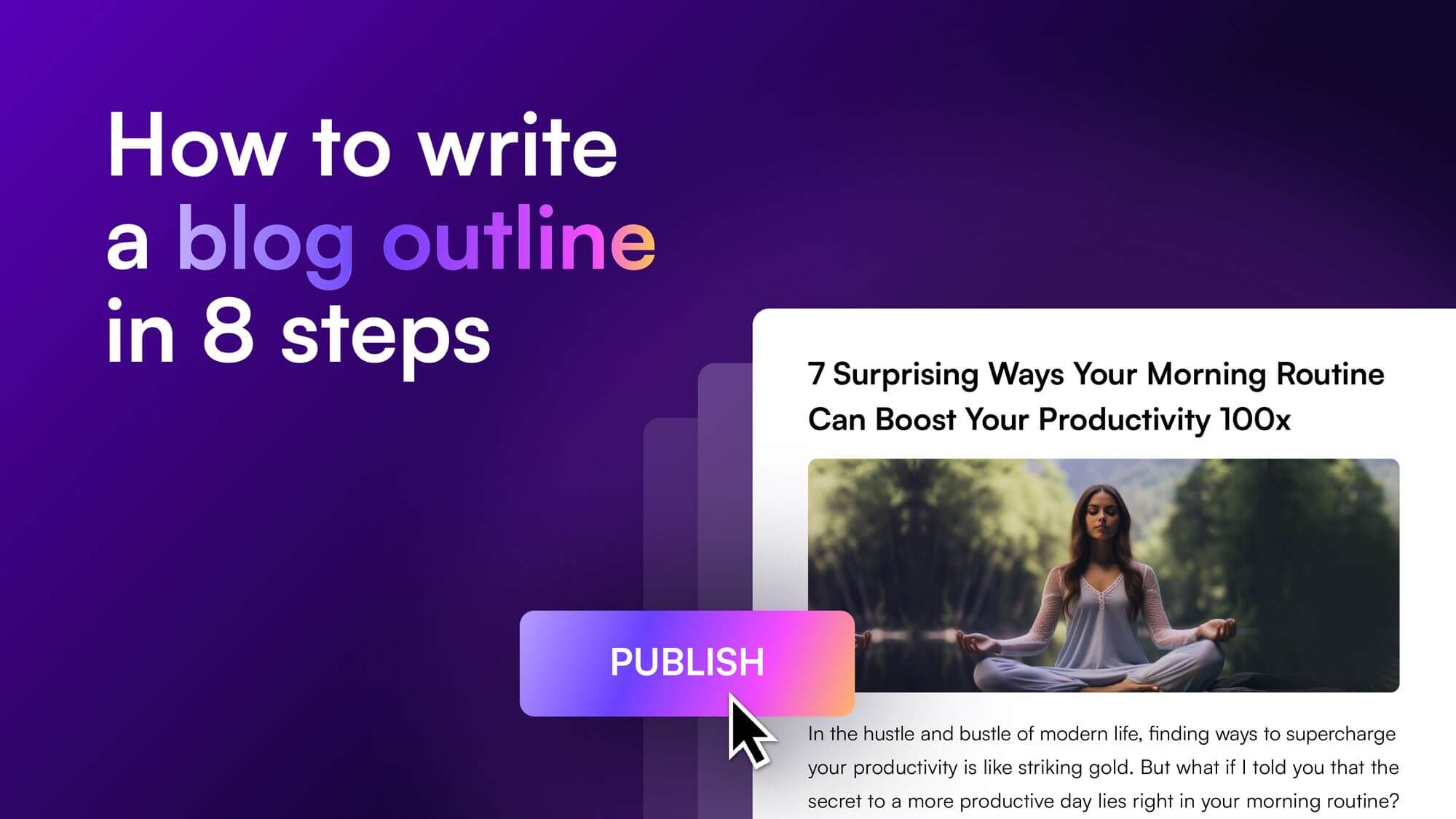

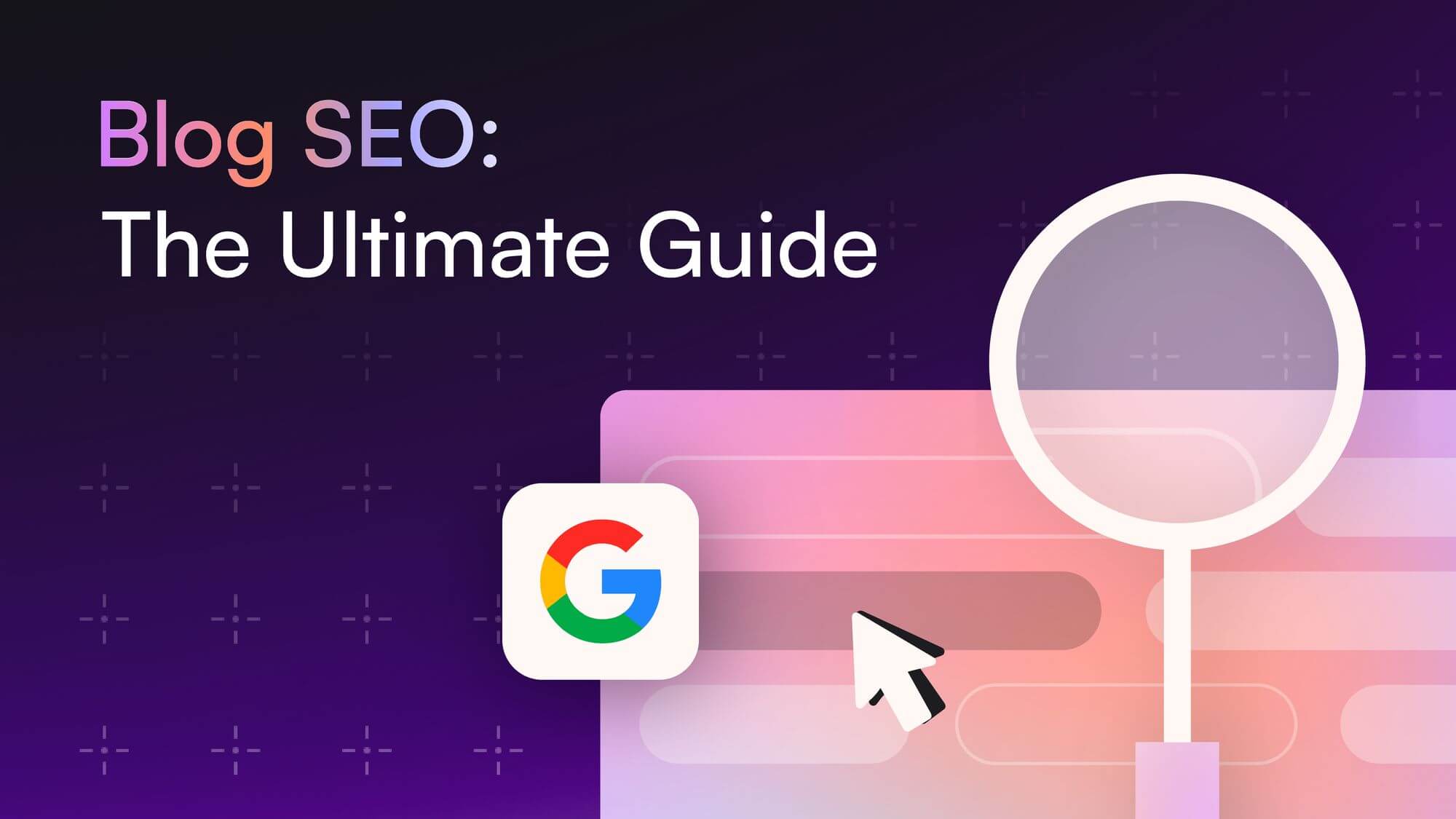

![How to Write a Blog in 2025: A Step-by-Step Guide [+Free Checklist]](/wp-content/uploads/How-to-write-a-blog-Thumbnail.jpg)


